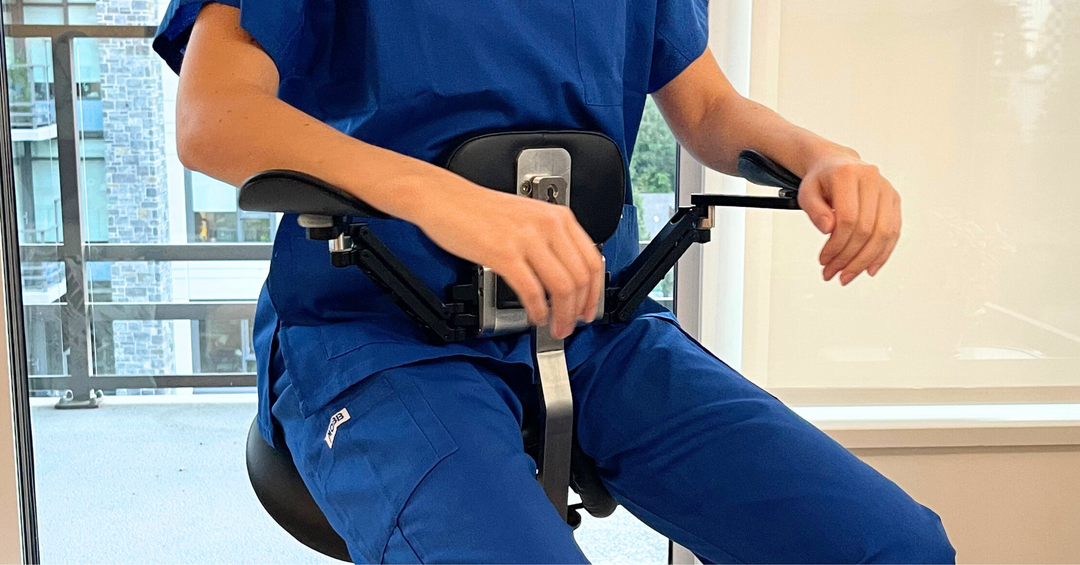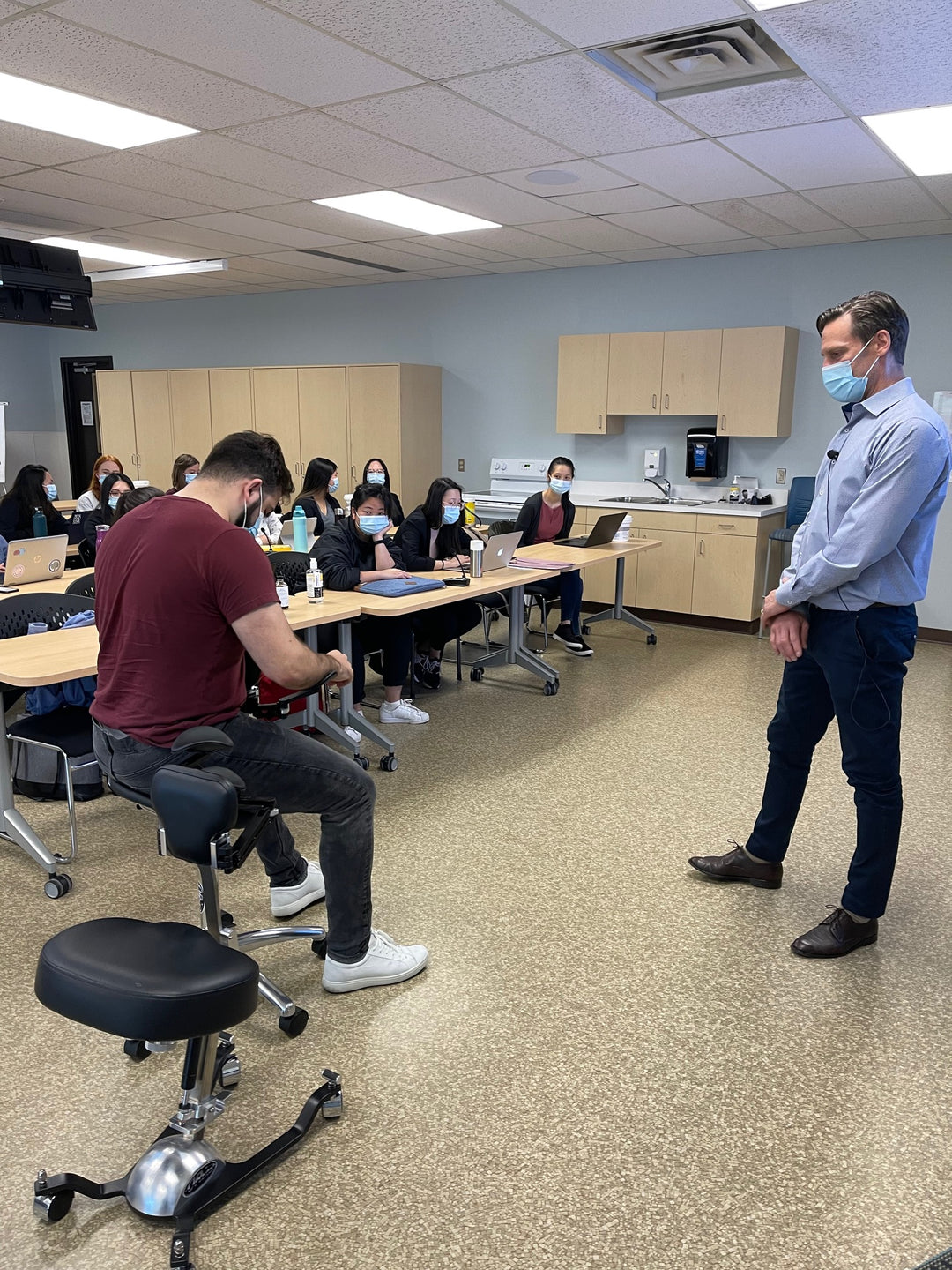Musculoskeletal disorders of the neck and shoulder in the dental professions.
Musculoskeletal disorders of the neck and shoulder in the dental professions.
The prevalence of and risk factors for neck and shoulder disorders among dental practitioners (dentists, dental hygienists, and dental assistants) is reviewed. Dentists report 26-73% period prevalence of neck symptoms over the previous year, and 20-65% with shoulder symptoms. Dental hygienists report even higher rates, from 54-83% for neck and 35-76% for shoulder, and dental assistants in between (38-62% and 27-62% respectively). Symptoms begin to appear early in the career, with significant increases upon starting clinical practice. Significant social and economic consequences have been reported, including leaving the profession or reducing hours. While ergonomic improvements appear to have some positive impact, these have not been well studied, and some changes (such as the historic shift from standing to seated posture) may have moved risk from the lower back to the upper extremities. Static awkward posture, particularly those with isometric contractions of the trapezius, has been identified as a risk factor particular to these occupations. Ergonomic improvements, health promotion, and organizational interventions have been suggested as needs for reducing risk.
Full article: https://www.cdc.gov/niosh/nioshtic-2/20036816.html
Dentistry; Dentists; Ergonomics; Health-care-personnel; Hygienists; Injuries; Medical-personnel; Musculoskeletal-system-disorders; Neck-injuries; Posture; Risk-analysis; Skeletal-stress; Work-analysis; Worker-health; Author Keywords: Ergonomics; cumulative trauma disorders; musculoskeletal disorders; dental hygienists; dental assistants; risk factors; neck and shoulder disorders







